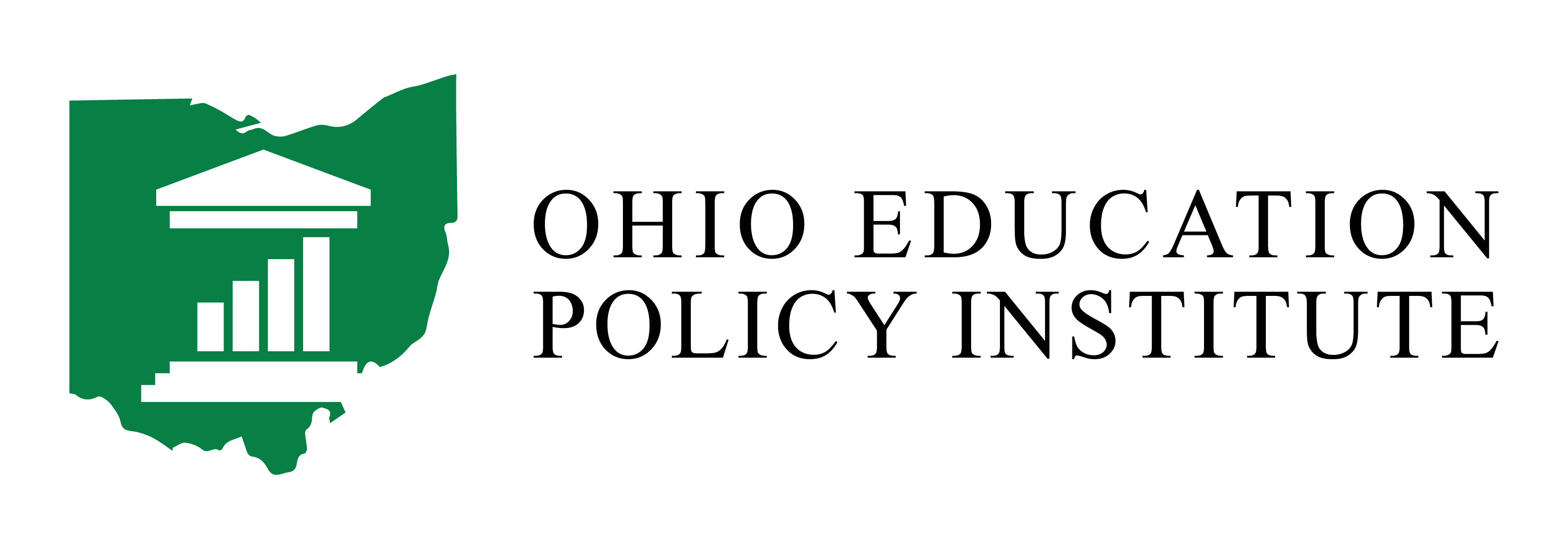The OEPI Summer 2015 Newsletter contained an article summarizing the Fiscal Year (FY) 16-17 school funding formula. (See Summer newsletter on the OEPI website). The article explained that the transitional aid guarantee was retained in FY 16 and FY 17, ensuring that all districts receive at least as much formula aid in the new biennium as they received in FY 15, and that the gain cap was set at a maximum state aid increase of 7.5% each year.
This article provides a summary of the number of the districts on the guarantee and gain cap in recent years. The table below shows the number of districts on the gain cap and guarantee from FY 14 through FY 17 as well as the total dollar amounts for both the cap and guarantee. FY 14 and FY 15 figures are actual totals from the Ohio Department of Education (ODE) school finance payment report webpage while the FY 16 and FY 17 figures are Legislative Service Commission (LSC) estimates.
Table 1: Guarantee and Gain Cap Summary, FY 14-FY 17
| FY 14 | FY 15 | FY 16 (Est.) | FY 17 (Est.) | |
| Transitional Aid Guarantee | $184.1 Million | $165.9 Million | $137.1 Million | $100.8 Million |
| 198 districts | 188 districts | 168 districts | 122 districts | |
| Gain Cap | $917.4 Million | $669.2 Million | $474.4 Million | $352.4 Million |
| 340 districts | 237 districts | 193 districts | 138 districts |
Source: FY 14 & FY 15 data from ODE, FY 16 & FY 17 estimates from LSC.
Table 1 shows that both the guarantee and gain cap have been steadily decreasing since FY 14. According to LSC’s estimates, in FY 17 only 122 districts will be on the guarantee at a cost of just over $100 million. LSC also projects that the gain cap will only impact 138 districts in FY 17, with $352.4 million in state aid owed to these districts in future years.
If funding formula parameters (i.e. the per pupil foundation amount, the special ed. and career technical ed. weighted amounts, etc…) continue to increase annually, both the guarantee and gain cap (assuming it remains roughly at 7.5%) should “naturally” decrease over time. Assuming no dramatic changes in the formula, ADM, or property values, most districts should be off the gain cap in several years. However, some districts (perhaps 40 or 50 depending on the particulars of the formula and property value changes) are projected to remain on the guarantee for a much longer period of time.
Impact of the Gain Cap & Guarantee on Community School Funding
Ohio school districts have been complaining about the community school deduction ever since community school first started over 15 years ago. Districts object to the fact that while they only receive the state share of funding for each community school student, the deduction amount is the full 100% of state aid owed for each student attending a community school. This means that many school districts are effectively contributing a local share of the community school deduction amount. OEPI analysis estimated this local share to be roughly $278 million (30%) of the $930 million in community school funding in FY 15.
While the community school deduction has an adverse impact on districts that are on the formula, the impact is actually even worse for districts that are on the guarantee or gain cap. For a district on the guarantee, any increase in the formula parameters (per pupil foundation amount, special ed, career tech, LEP, etc.) means that the community school deduction amount will automatically increase. However, districts on the guarantee do not receive any more funding than they had in the prior year. Thus, for a district on the guarantee, they will actually receive less and less state funding over time even if the number of community school students remains constant.
Similarly, for a district on the gain cap, they do not receive the full increase in funding that they are owed based on the number and type of students that comprise their formula ADM. However, the community school deduction once again is for the full amount of state aid owed to the community schools. As a result, districts on the gain cap end up receiving less than their computed state share of state funding for the students that they educate.
In order to understand the extent to which the guarantee and gain cap issues described above are impacting the community school deduction, OEPI ranked every district in terms of their FY 15 community school deduction as a percentage of state formula aid. Of the top 25 districts (all of which lost more than 17% of their state aid to the community school deduction), 16 were on the gain cap, four were on the guarantee, and five were on the formula.
